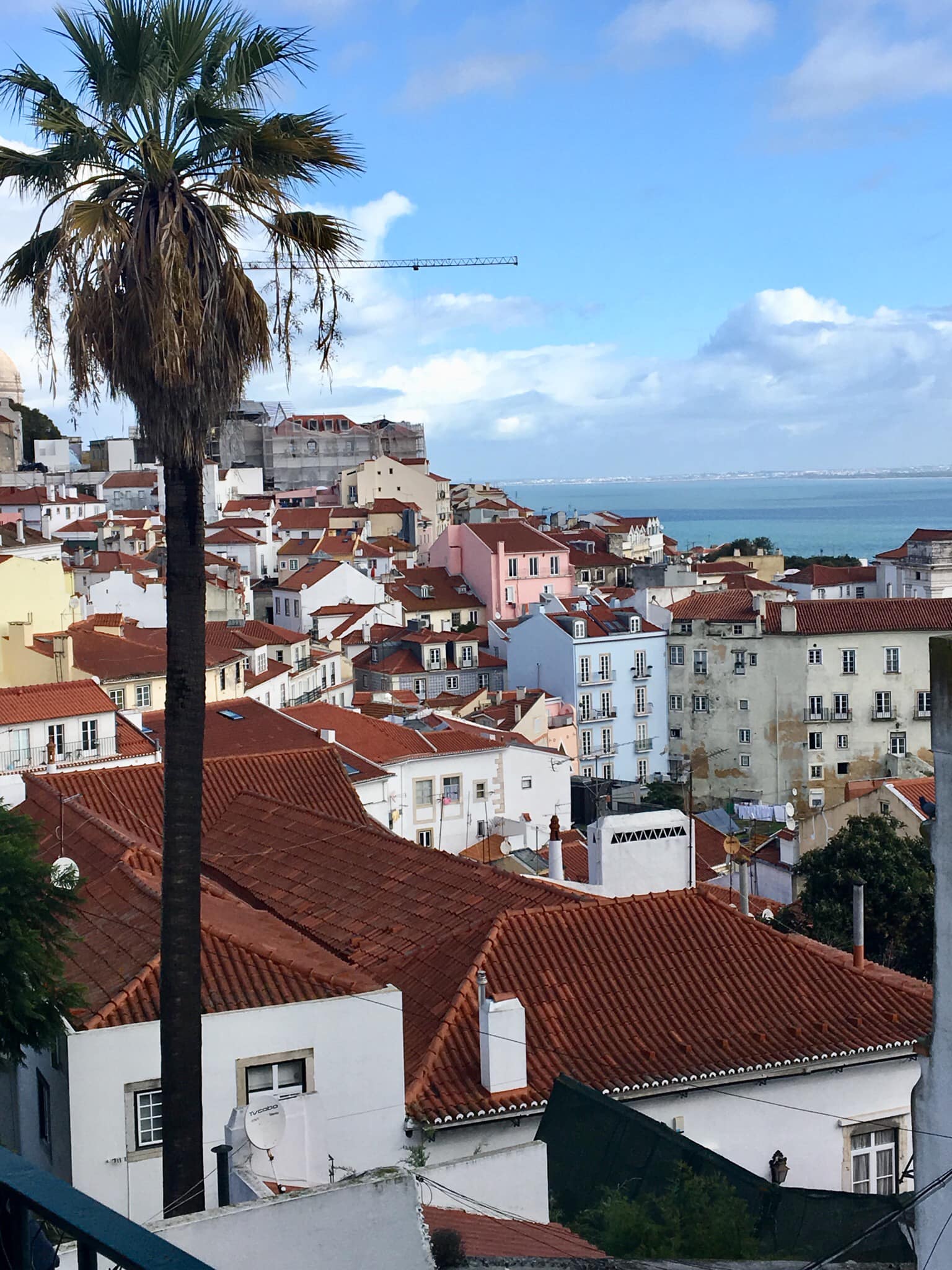

“When you plant something, you must learn to wait,” lamented Antonio Moreira, of Queztal Winery in the rural Alentejo region of Portugal. While Moreira was referring to the grapes, the same could be said of the entire region and its relationship with a new wave of slower paced tourism focusing on the authenticity of its rural villages and an exploding food and wine scene.
The tourism seeds were unknowingly planted generations ago and now they are being sown by a growing US market seeking out places away from the crowds in their own Anthony Bourdain like quest to get to the heart of a country through its people, food, and drink.
Alentejo’s people welcome visitors with open hospitality. Its food is steeped in generational traditions where family and friends still wait for a full moon to kill a pig for special celebrations and then drink, prepare, and feast all day and night. The drink is some of the best wine not only in the country but the world. Often overlooked for the Douro Valley to the north, the Alentejo is gaining steam with world class offerings.
After landing in the stylish capital of Lisbon, I crossed the Golden Gate-esque bridge and headed south towards Comporta. Just thirty minutes down the road, I stopped in Setubal to experience one of Europe’s oldest and largest fish markets – Mercado Livramento.
The market is a lively blue tiled hall of fresh seafood and local offerings teaming with people. Food is a big deal in Portugal. A lunch on a Saturday could stretch all afternoon taking the time to enjoy with family and neighbors and strangers alike.
Continuing to the fishing and surfing village of Comporta, I was immediately drawn to the romance of white washed houses and cobbled streets. Surrounded by government protected land, Comporta’s beaches are unspoiled and low density. There are only two luxury properties near the protected beachfront – Sublime and Quinto do Comporta. Both are designed with white washed concrete, natural woods, and clean lines that seem to blend the properties into the countryside and the sea.
In the summer time, locals and tourists are attracted by its massive white sand beach and waves. A few beach bars and restaurants lively up the scene. In the off season, it is all about the locally sourced food – think chestnut and chorizo soup followed by the daily catch or octopus and roasted baby potatoes bathed in local olive oil.


A once lambasted region for making young wines without structure is now the home to impressive wineries like Queztal, a modern winery set into a hillside. Stop here for amazing wine and one of the most awarded restaurants in Portugal at incredible prices. Take time to marvel at the modern art collection housed in the ground floor.






I overnighted in Convento do Esphineiro, a former 15th century convent converted to a five-star hotel featuring a wine bar and restaurant in the former monks’ wine cellar. A full spa and pool are also enticing.
Once back in Lisbon, one of my favorite European cities, I explored one of Europe’s most walkable capitals with cobbled hills and trolleys making comparison to San Francisco. For world class seafood, try Ramiro. For a more localized experience, head up into the Alfama neighborhood and dine at Alpendre for authentic cuisine and jokester waiters making a lively and cosy atmosphere.


